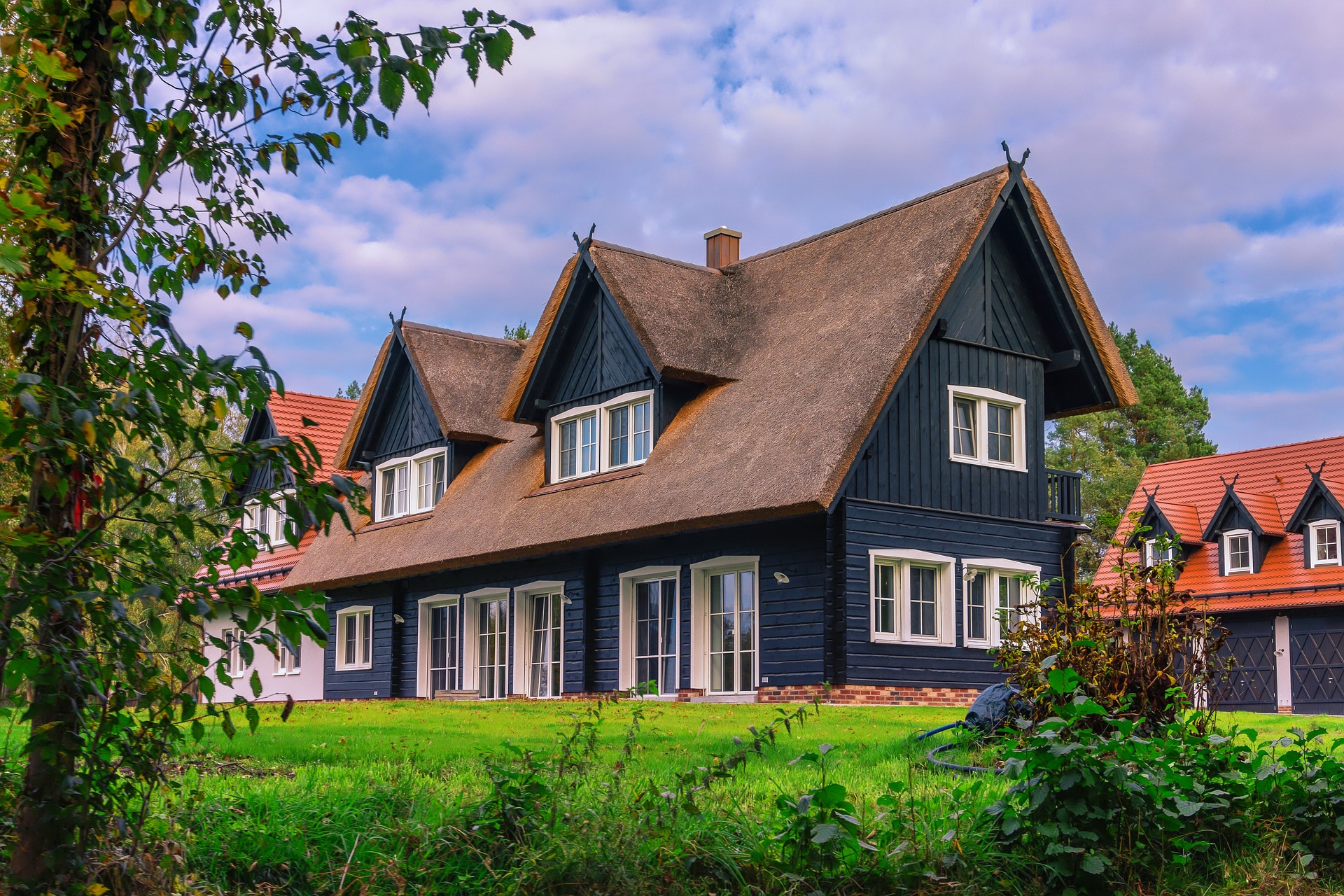Decoding the Potential of Adaptive Reuse in Real Estate
Adaptive reuse, the process of repurposing buildings for uses other than what they were originally intended, offers a fresh lens to view the property market. While not a new concept, adaptive reuse is experiencing a resurgence. This article delves into the history, current trends, and potential implications of adaptive reuse in real estate.

The History of Adaptive Reuse
Adaptive reuse has a rich history, tracing back to ancient civilizations repurposing ruins for their own use. In more modern times, the 19th-century witnessed the conversion of many old factories and warehouses into residential lofts. Today, the practice has expanded to include everything from churches transformed into restaurants to old schools becoming boutique hotels.
Current Trends in Adaptive Reuse
As urban areas become more populated and land becomes scarcer, the need for efficient use of existing structures has increased. Adaptive reuse is now seen as a viable strategy to address this challenge. Not only does it make economic sense, but it also aligns with the growing environmental consciousness, as it reduces the need for new construction and the associated carbon footprint.
Pros, Cons, and Market Implications
Adaptive reuse has numerous advantages. It often costs less than new construction, can be completed faster, and contributes to the preservation of architectural heritage. Furthermore, repurposed properties often hold a unique charm and character that new builds cannot replicate.
However, adaptive reuse also presents challenges. These include potential structural issues, compliance with modern building codes, and difficulties in obtaining financing due to the perceived risk.
Despite these hurdles, the growing popularity of adaptive reuse is reshaping the real estate market. It offers an innovative solution for developers looking for new investment opportunities, and it can contribute to urban revitalization.
Backed by Research
Several studies back the potential of adaptive reuse. For instance, a study by the National Trust for Historic Preservation found that rehabilitated buildings generally outperform new construction in terms of energy efficiency. Another study by the Urban Land Institute found that adaptive reuse projects often yield higher returns than traditional real estate investments.
Decoding the Complexities
While adaptive reuse offers promising potential, it is not without its complexities. Understanding these complexities requires a deep understanding of local building codes, zoning regulations, and financing options. However, with careful planning and due diligence, adaptive reuse can offer a rewarding investment opportunity.
In conclusion, adaptive reuse presents a compelling strategy for today’s real estate market. While it comes with its own set of challenges, its potential benefits—economic, environmental, and cultural—are significant. As the industry continues to evolve, adaptive reuse is poised to play a key role in shaping its future.




